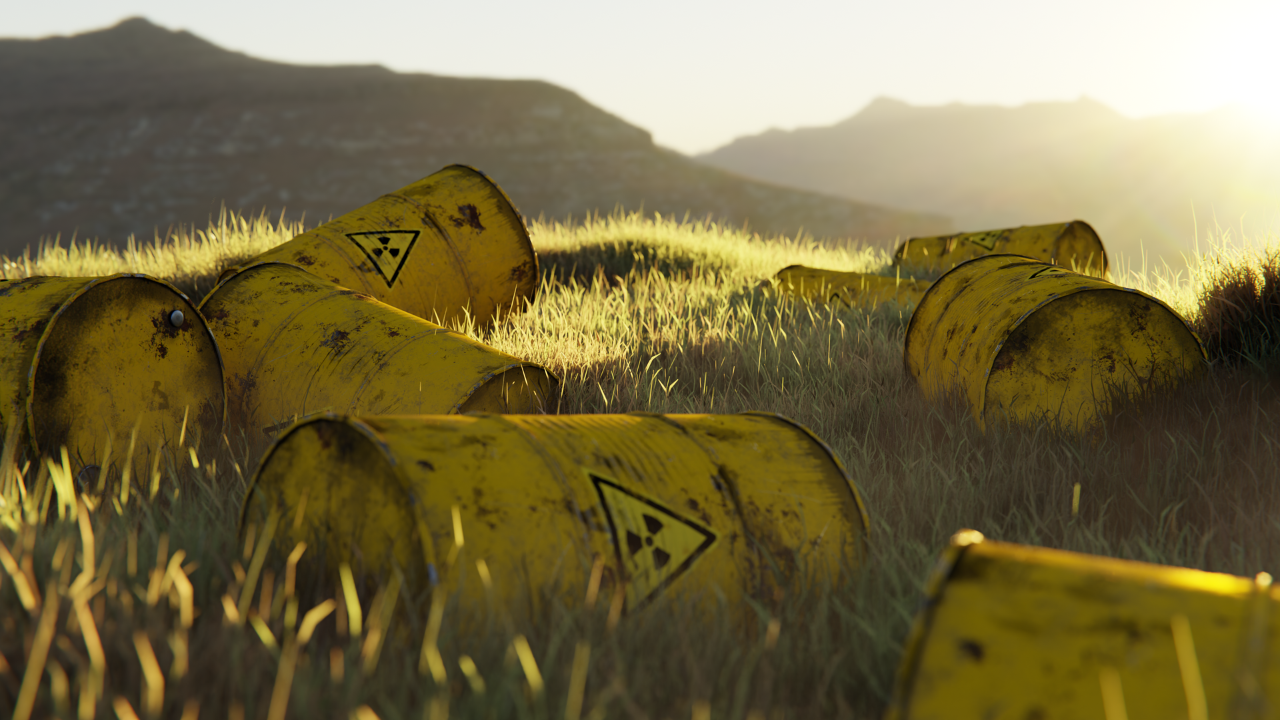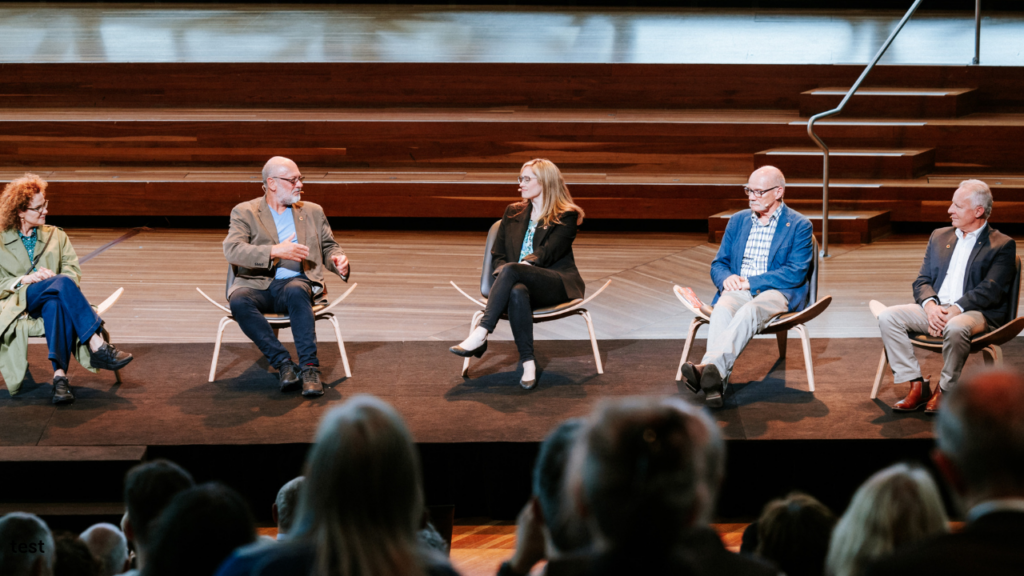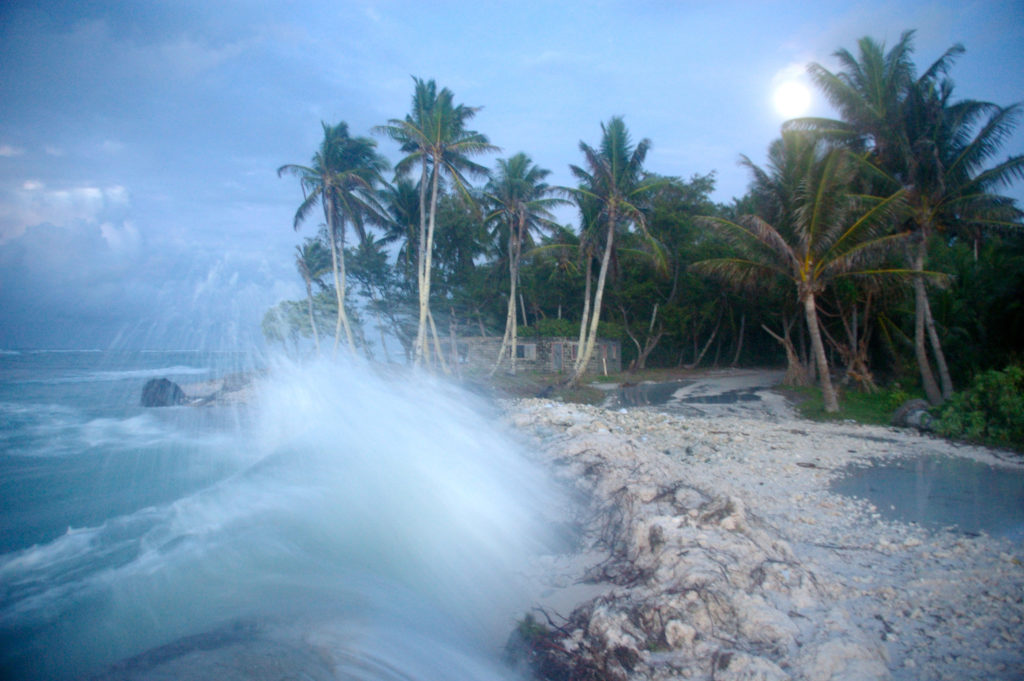Peter Dutton and the Liberal National Coalition have said that, if they win the next Federal Election, they would establish nuclear reactors in communities around Australia backed up by huge amounts of gas-powered electricity.
Here’s what you need to know about this energy scheme.
What has Peter Dutton and the Coalition announced?
The Coalition has proposed building seven nuclear reactors at the sites of existing or former coal-fired power stations. The proposed locations are:
- Tarong, about 130 km from Brisbane in Queensland
- Callide, about 90 km from Gladstone in Queensland
- Mount Piper, about 100 km from Sydney in New South Wales
- Liddell, about 100 km from Newcastle in NSW
- Collie, about 60 km from Bunbury in Western Australia
- Loy Yang, about 7 km from Traralgon in Victoria
- About 6 km from Port Augusta in South Australia
They claim the first two of these reactors could be operational by 2035 to 2037, a timeframe that independent energy experts like the CSIRO have said would not be possible.
They say a future Coalition Government would pay the full cost of building, running and maintaining these nuclear reactors with taxpayer money, however they have not provided any details about how much this would cost. Some energy market analysts have predicted the cost to taxpayers could be as high as $100 billion.
The Coalition’s energy scheme leaves many questions unanswered, including:
- How will the safety of communities living and working near the facilities be protected?
- Where and how will nuclear waste be stored?
- How would the Federal Government overturn State Government bans on nuclear activity?
One thing we do know for sure though is that this energy scheme would lead to a lot more climate pollution.
What would this nuclear energy scheme mean for climate pollution?
The Coalition’s energy scheme would mean more pollution, for longer – it’s that simple. That’s because nuclear reactors likely couldn’t come online until the 2040s and, in the meantime, Peter Dutton says he’d keep some coal-fired power generators running for longer, and add much more gas to our electricity grid.
Burning coal and gas for electricity creates huge amounts of climate pollution. This pollution is already causing an increase in the frequency and severity of unnatural disasters like bushfires, floods and intense storms, with more climate pollution from coal and gas certain to make the problem worse.
Peter Dutton’s policies already lock in more climate pollution and a more dangerous future. He has promised to tear up Australia’s 2030 target and delay action on cutting climate pollution until sometime in the 2040s. When it comes to action on climate, later is much too late – we need to be slashing climate pollution further and faster this decade to keep our kids safe.
While “net zero by 2050” is an inadequate climate target that aligns with over 2℃ of global temperature rises and devastating climate impacts, it’s unlikely Australia could reach this goal with Peter Dutton’s energy scheme. The electricity delivered by seven nuclear reactors would only provide around 12% of the power we’ll need by 2050. If most of the rest of our electricity still comes from gas or other polluting sources out to 2050 and beyond, we’ll have no hope of getting climate pollution under control.
This is no plan to avoid deadly fires, floods and storms supercharged by the burning of coal and gas. Instead, it is a climate policy that just lets it burn.
What would this mean for our energy system?
This risky nuclear scheme would mean slamming the brakes on the progress Australia is already making to build a clean, reliable and affordable electricity grid. Already today, around 40% of the power in our main national grid comes from renewable sources like wind and solar, backed by storage. One in three homes already have solar panels on the roof, with more added every single day. We can keep accelerating this progress to have a clean grid that is fully powered by renewables within the next 10 years. We can’t afford to wait for nuclear reactors sometime in the 2040s.

A risk to energy security
CSIRO’s recent GenCost report estimates that it would take at least 15 years for the first nuclear reactor to come online. However, this forecast does not include the time it would take to legalise nuclear energy and build the policy framework to roll it out safely. AEMO expects all coal-fired generators will close by 2038, so we simply don’t have the time to wait for nuclear power before the lights start going out.
A recipe for more climate-polluting gas
Peter Dutton has said that a lot more gas will be used in our grid under their scheme. Even if the Liberal National Coalition was able to get the first nuclear reactor online by 2035 (a huge if!) this would still require increasing the amount of gas-powered electricity generation by 22 times.
Such a huge increase in polluting gas would mean building dozens more new gas powered generators, which would guzzle as much gas as we currently use in every home, business and power station in Australia every year. This has already been forecast to cause a big spike in electricity bills for households and businesses.
A barrier to more Aussies getting the benefits of rooftop solar
Nuclear reactors are designed to put out a consistent level of power around the clock, but they can’t quickly adjust their output in response to changes in the amount of electricity being produced by other sources like solar and wind.
Solar generation is very high during the middle of the day, when millions of rooftop panels and solar farms are soaking up the sun’s rays. At these times, there is far lower demand for electricity from other power sources.
This power mix gets complicated by grid operators, who must maintain a balance between supply and demand at all times. When the mix is unbalanced, it could mean they need to shut off power from solar panels and other renewable sources. As a result, Australians who already have solar would miss out on the full benefits of their panels and be forced to pay for expensive nuclear-generated electricity instead.
The prospect that solar panels can be shut off to balance an energy system that contains nuclear also creates a disincentive for more Australian homes and businesses to install them. Getting more solar onto our rooftops is one of the best and fastest ways to roll out more clean, reliable electricity quickly in this make-or-break decade for cuts to climate pollution.
Climate Council’s verdict
Peter Dutton’s nuclear energy scheme is an unnecessary distraction from Australia’s proven path towards a clean, affordable, and reliable energy system powered by renewables and storage. We already have the technologies and solutions we need to rapidly transition away from polluting fossil fuels without the extra cost and higher risks of nuclear power. Later is too late: to ensure a safe future for our kids, we need to slash climate pollution and accelerate our momentum on clean energy right now.










